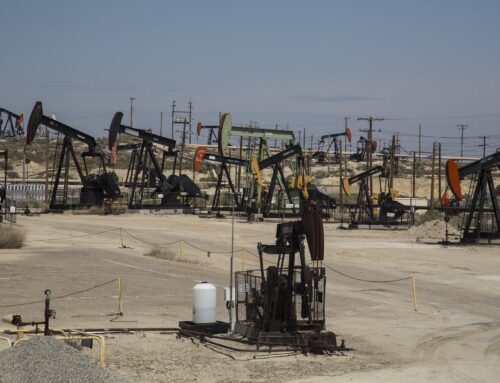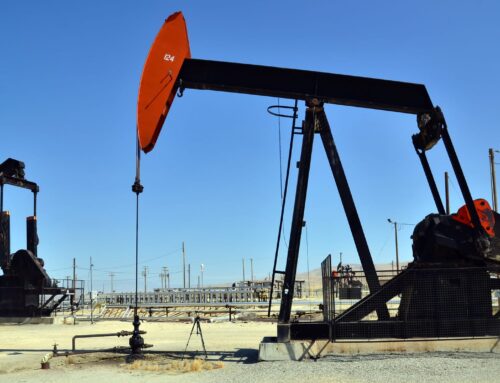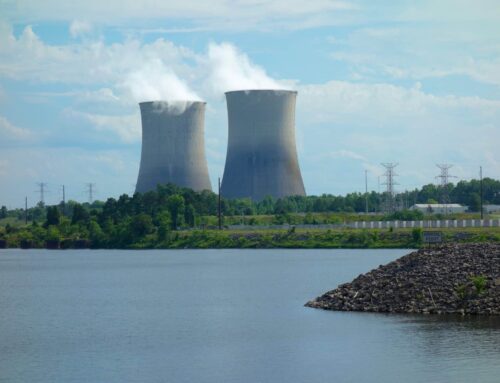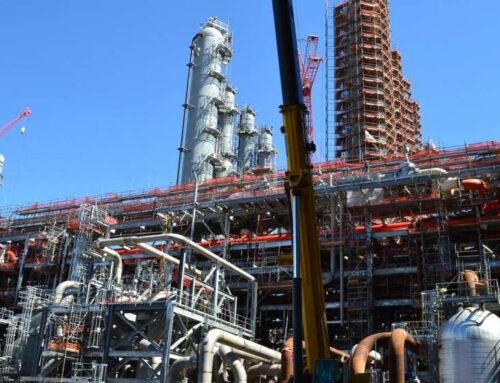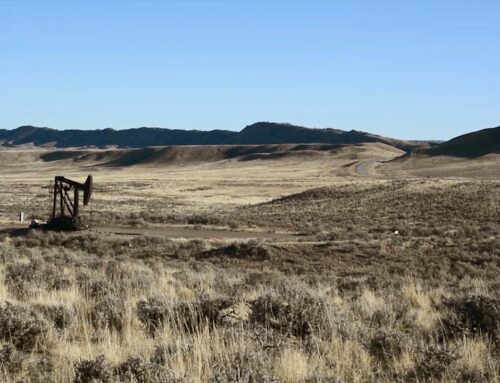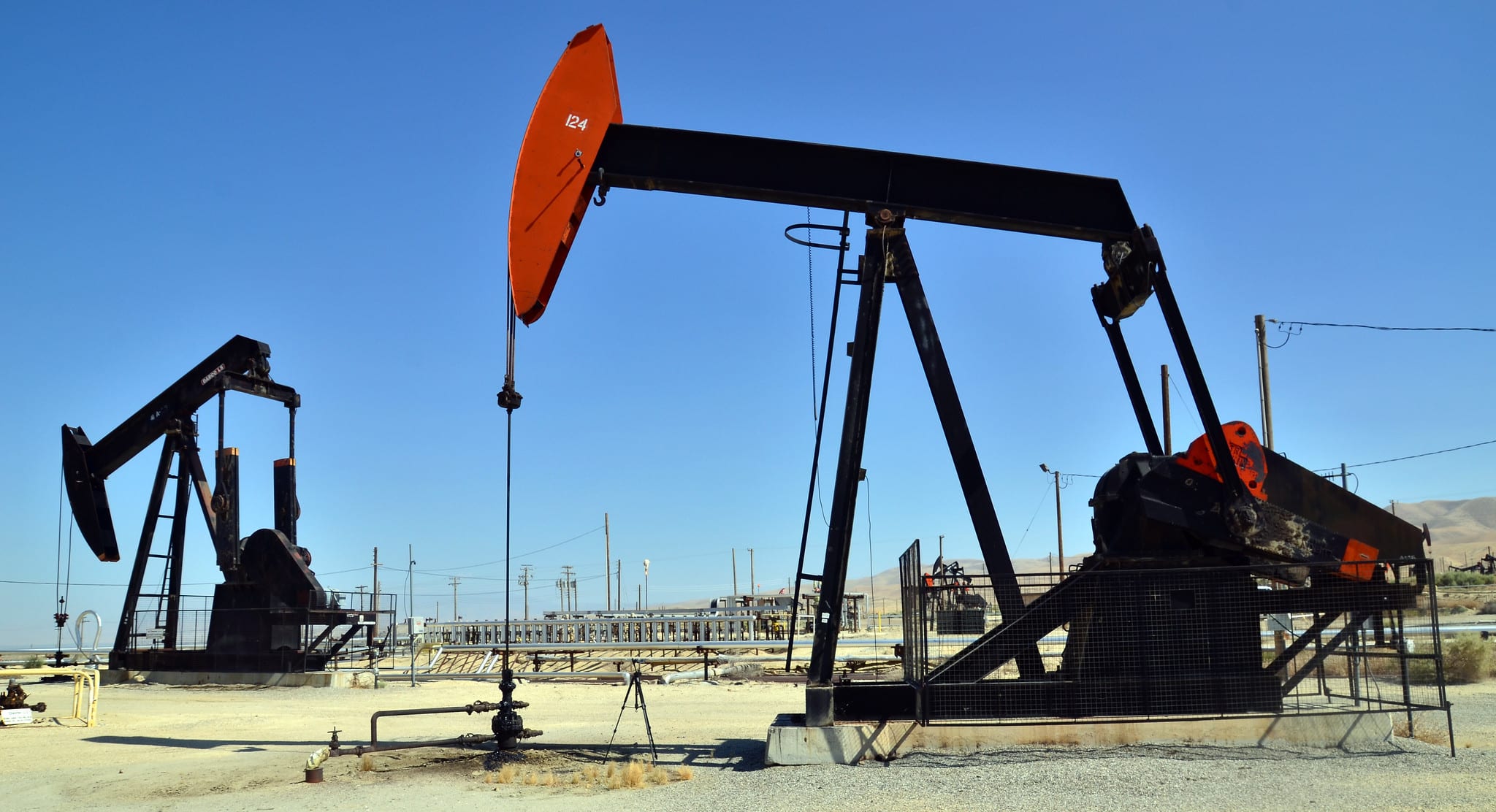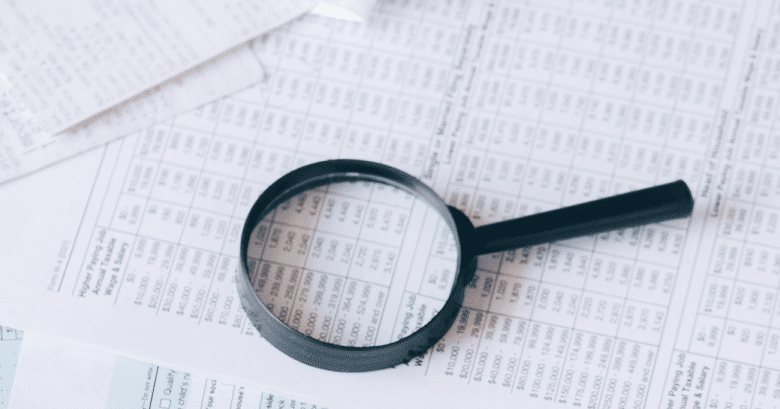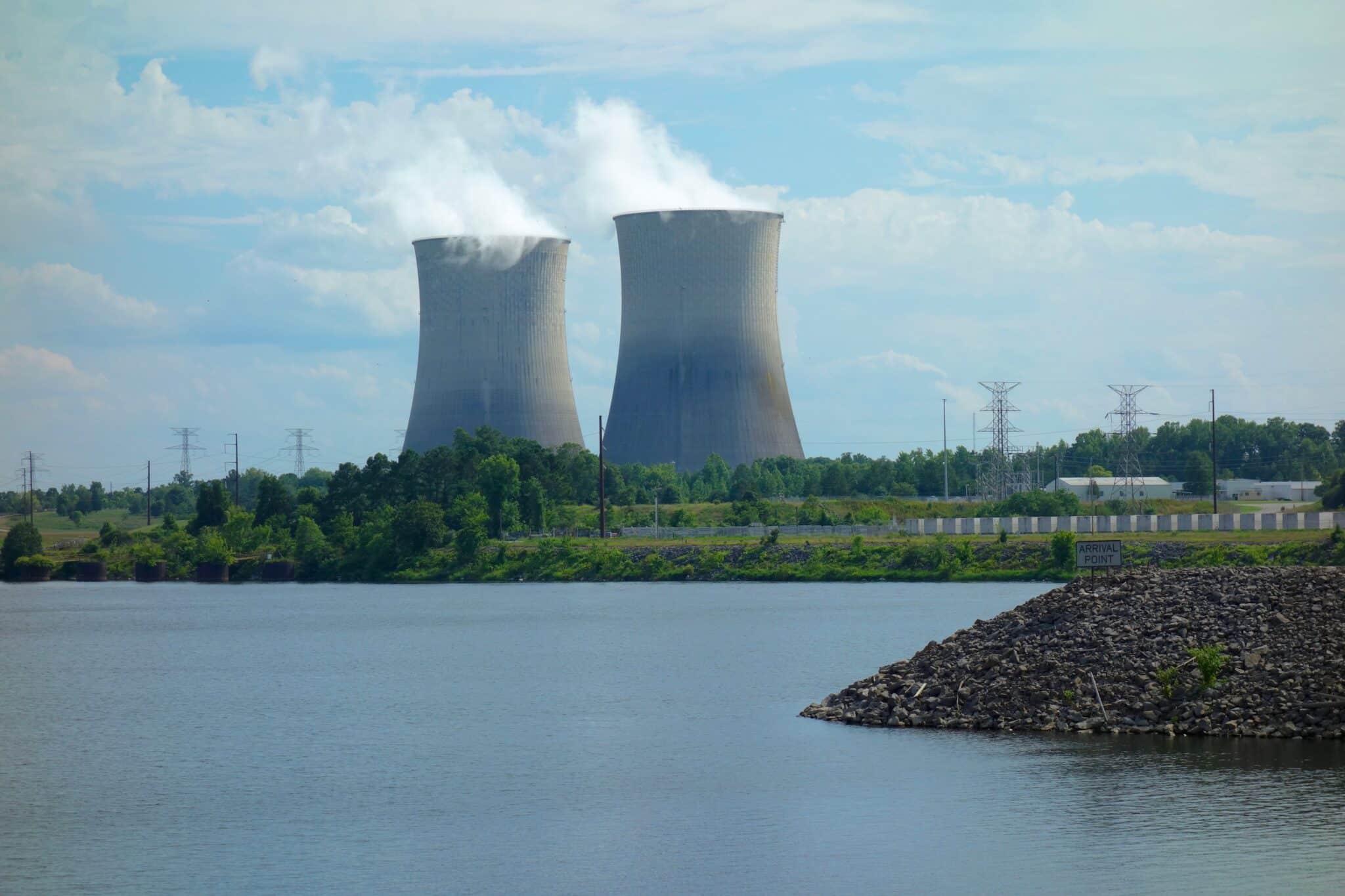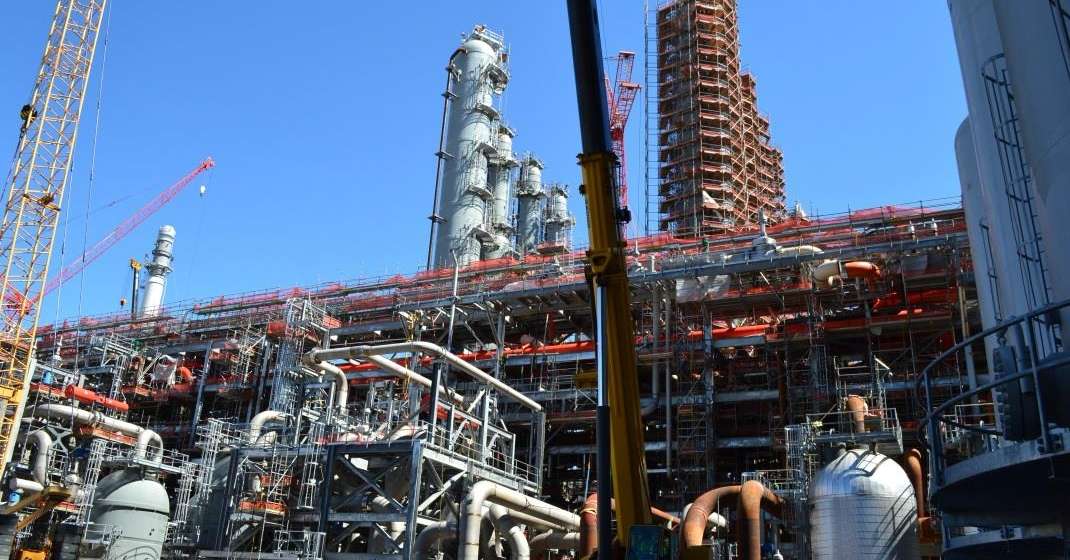Most of New Mexico’s oil and gas production is on federal public land, compared to Texas where development is largely on private land. New Mexico accounted for 74 percent of all oil produced on federal land in the nation, and 46 percent of all gas as of 2022, the report read.
New Mexico is the second-highest producer of oil in the U.S., and the industry provides more than a third of the state’s budget.
A report from the American Petroleum Institute showed the industry marked a $16.6 billion economic impact to the state, along with 92,000 jobs both directly and indirectly tied to the industry.
“America’s natural gas and oil powers every sector of the U.S. economy and reaches every facet of our lives, from heating our homes and fueling transportation to supporting the manufacture of products we use every single day,” the API report read.
Hanna said Taxpayers for Common Sense was not opposed to continued oil and gas operations but argued energy policy must better consider taxpayer liabilities by increasing the rates and reducing the burden on public dollars.
“Our position is not to say that we should not be leasing our federal assets,” Hanna said. “We’re not opposed to oil and gas, but we need to get it right. There’s a cost to any development of energy resources.”
Pollution from oil and gas in New Mexico could cost more
Aside from direct loss of public revenue from low royalty and rental rates, Hanna said the broader effects of climate change driven by fossil fuels could also cost taxpayers through increased disaster spending as communities grapple with issues like drought, flooding or wildfires.
“Taxpayers are paying for climate liabilities,” Hanna said. “Increased weather is on the rise because of climate impacts. This is driven by oil and gas.”
On Thursday, the DOI’s Bureau of Land Management planned to hold an auction for leases for oil companies on about 10,000 acres of public land in southeast New Mexico and Kansas.
Environmental groups warned that although royalty and rental rates were increased, continued oil and gas operations could cost New Mexicans through long-term environmental degradation.
“Every oil and gas lease sale further destroys the environment, increases pollution for frontline communities, and intensifies environmental catastrophe around the globe,” said Raena Garcia, campaigner with Friends of the Earth based in New Mexico.
“The Biden Administration must reject Big Oil’s endless exploitation of our public lands and swiftly cancel this New Mexico sale, as well as those coming up in Montana, North Dakota and Wyoming.”
New leases would adhere to the new royalty and rental rates, making up some of the losses, the report read, but more work was needed to update bonding rates to fund remediation when production ceases.
The study also contended taxpayers suffered from $1.05 billion in potential liability for remediation of abandoned oil wells in New Mexico.
Funding for cleanup of such wells is typically paid for using bonds companies pay for when a well is drilled but are often also reclaimed using public dollars when bonding is insufficient for the work to plug the well and restore the land.
Currently, operators can pay a minimum of $10,000 for wells on an individual lease, $25,000 for all wells owned within a state and $150,000 for all wells owned by a company on federal land nationwide.
These dollars are insufficient to fund the full remediation, the report argued, which can cost up to $70,000 a well, according to a recent estimate from the New Mexico Oil Conservation Division (OCD).
The Infrastructure Investment and Jobs Act passed in 2021 did include funding for federal grants offered to states like New Mexico to help pay for the work.
This provided $25 million to the OCD in October 2022, allowing the agency to plug 200 wells in the following year.
The OCD estimated there were about 1,700 abandoned wells statewide, but Taxpayers for Common Sense warned more wells could go abandoned in the near future, driving up costs for taxpayers without higher bonding rates.
It’s a momentary fix for the wells that sit abandoned today but does not address the broader issue of the public paying to clean up a problem created by private industry, Hanna said.
“We don’t think taxpayers should be shouldering those costs alone,” she said. “That’s just another subsidy to the industry. We need to be reforming the outdated policies that created this problem in the first place.”
Sharon Kayne with New Mexico Voices for Children said federal agencies should also do more to limit the amount of air pollution released by the industry both from inactive and active facilities.
Releases of excess natural gas through venting or burning it through flaring also wasted a resource Kayne said could mean more revenue to the public.
“That fact that we just allow it to be vented into the atmosphere is concerning to say the least,” she said. “It’s a natural resource and it could mean more revenue.”

